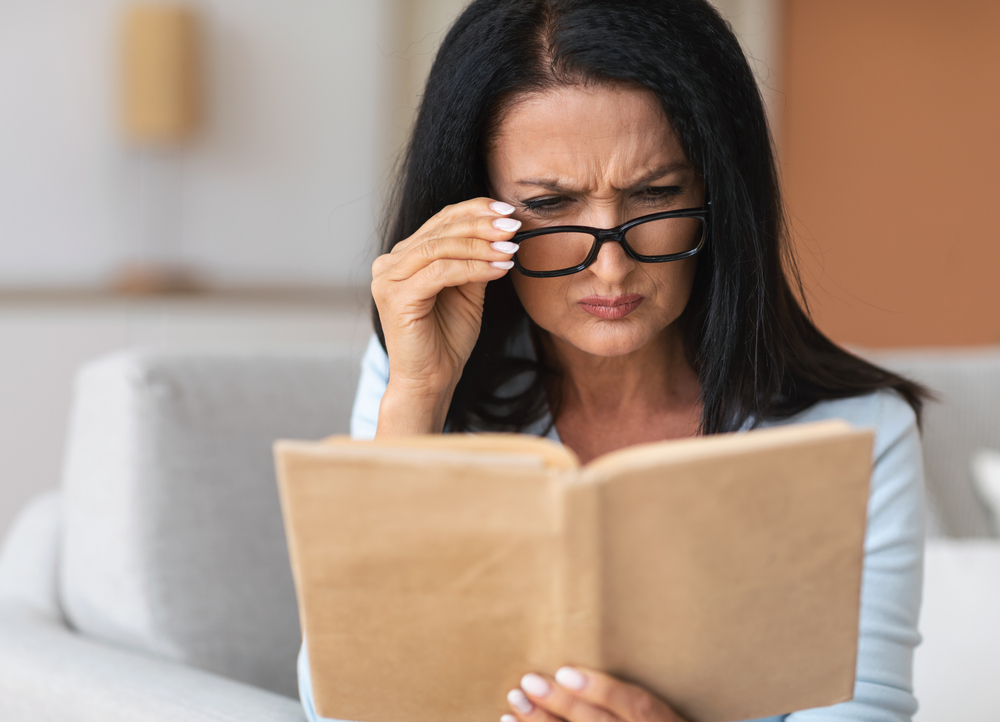Unilateral hearing (also known as single-sided hearing) can be a real pain. Being deaf in one ear not only complicates where you sit at a dinner affair, but it can also be dangerous. Here are some facts on unilateral hearing loss.
If you have unilateral hearing loss, you know what it’s like to have a “good ear” and a”bad ear.” You know that being able to hear the direction sound is coming from is important to be able to respond quickly. Single-sided hearing determines where you sit at a restaurant or theater. You’ve even been known to ask a person to switch seats with you so you can hear at your best.
While there are things you can do to get by with unilateral hearing loss, it’s best to try to treat it.
We’ve got some news you’ll want to hear.
How Common Is Unilateral Hearing Loss?
An estimated 18 million have one-sided hearing loss, which is about a third of people who have hearing loss. Unilateral hearing loss in no way uncommon. And, yes, even if you have a “better ear,” it will impact your quality of life.
How many times have you missed a sweet “I love you” from your daughter or grandson just because your head was turned the wrong way? Did a friend call your name at the grocery store and then think you ignored them because you just kept walking? Or perhaps you looked around everywhere, but because it’s hard to localize sound you couldn’t figure out where it came from.
Fortunately, if you’re suffering from single-sided hearing loss you have some very good options depending on what caused it and how profound the hearing loss is.
What Causes Unilateral Deafness?
People who have single-sided hearing loss most commonly experience a life event like:
- Mumps (likely during childhood) or other viruses that cause very high fevers
- Acoustic neuroma – a tumor on the auditory nerve
- Head trauma
- Exposure to an explosion on one side
- Severe bacterial or fungal infection
- Circulatory blockage that cut off oxygen to the inner ear
But it can also be the result of:
- A genetic disorder
- Ongoing circulatory issues
- Meniere’s disease – a disease that caused excessive fluid build up in the ear
- Taking certain medications over a period of time
If one-sided deafness happens suddenly, you should always treat it as an emergency. In some cases, hearing can be restored if treated immediately.
The inner ear is one of the most delicate parts of your body. If it gets damaged by disease, trauma, or sound, it has no way to heal itself. But thanks to modern technology, science can still help you hear again.
How Is Single-Sided Hearing Loss Treated?
Single-sided hearing loss can be treated using hearing aids. If you’re not completely deaf in your “bad” ear you can treat it using a hearing aid. There are also hearing aids that are customized for someone with unilateral deafness. They work by picking up a sound on your affected ear and transferring it to the other ear. This works even if your better ear doesn’t hear perfectly.
Contralateral Routing of Signal (CROS)
The CROS system involves a hearing aid on each ear. One aid has an advanced microphone to pick up sound. The other has a speaker. When a sound occurs on your “deaf side,” the CROS hearing aid transmits it to the other side either through a narrow wire. Or it travels wirelessly, depending on the model.
BI-CROS
A BI-CROS is designed for someone who has some hearing loss in their “better ear.” In this case, both hearing aids have a microphone. But all sound is sent to the speaker on the better side.
Both the CROS and BI-CROS take a little getting used to. If the sound is coming from the side of the deaf ear, you’ll hear both the transmitted sound and the sound waves that come around your head simultaneously. With a little practice, you learn to better handle background noise and determine where sound is coming from.
Bone-Anchored Hearing Aids (BAHA) or Bone Conduction Solutions
Bone conduction technology treats unilateral hearing loss by picking up sound waves with a small titanium implant behind the deaf ear. It’s connected to a sound processor that interprets the sound waves hitting the implant as different sounds. It then transmits the sound through your jawbone, which is actually highly conductive. You then hear the sound on your better side.
The CROS has been around longer. But the BAHA is quickly catching on. It does involve a small surgery so many choose to try a CROS first to see if they like the experience.
Cochlear Implants
A few years ago cochlear implants were approved for single-sided hearing loss and are becoming more common.
Unilateral Hearing Loss – Can It Be Cured?
The technical answer is “no.” It can’t be cured. But just in the last 10 years, technology has advanced so that even people who have no hearing in one ear can hear again. Explore your options. Schedule an appointment with a hearing professional today.



